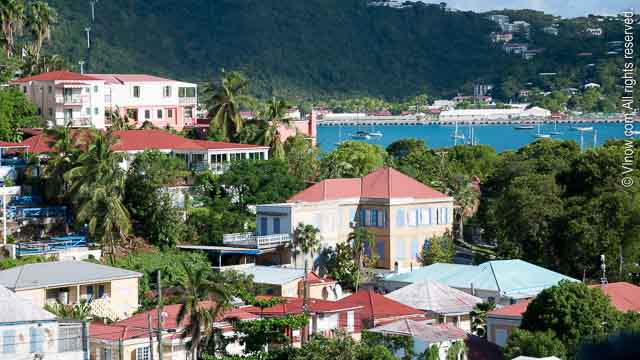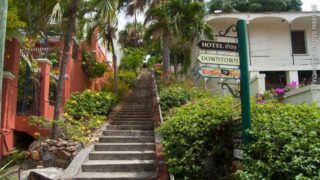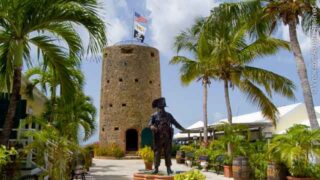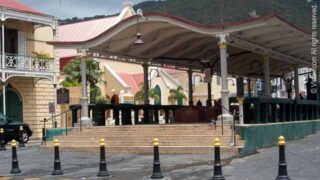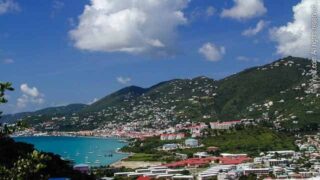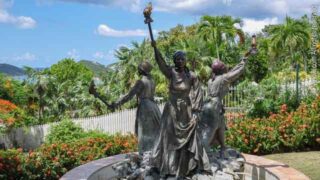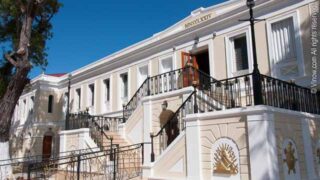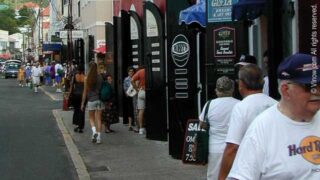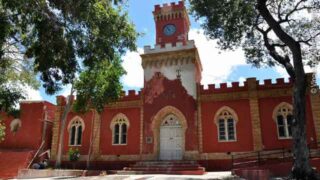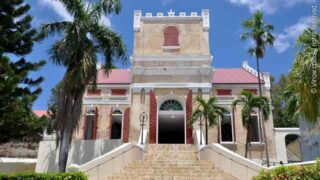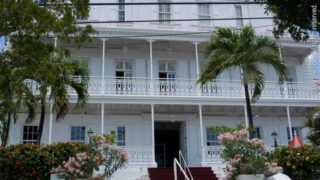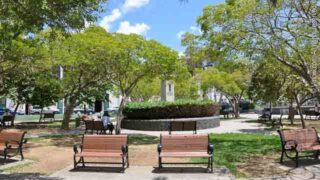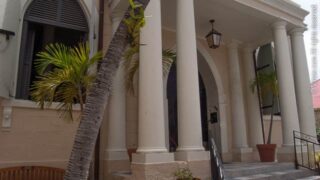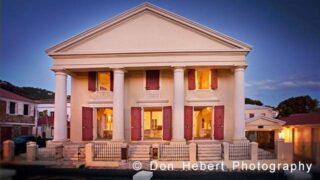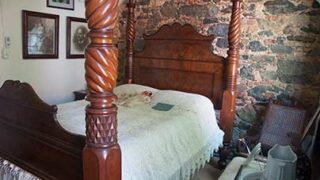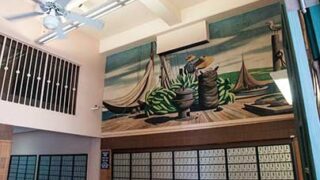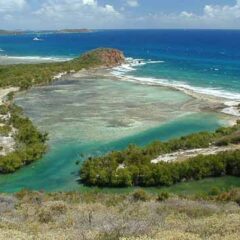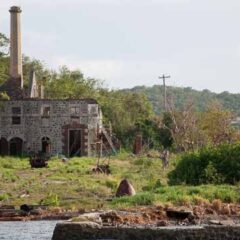Charlotte Amalie beckons you to stroll along her cobblestone alleyways, climb her streets of steps, admire antique West Indian furnishings in historic homes, and explore 17th-century Danish fortifications. Founded in 1681 by Danish settlers, it contains a wealth of buildings that provide a glimpse into colonial life. It is listed in the National Registry of Historic Places as an area of particular historic interest.
Often referred to as “Downtown” or just “Town”, Charlotte Amalie today is a bustling center for government, schools, offices, shopping, and residences! Visit old and new Charlotte Amalie; see the evolution from a colonial trading post to one of the busiest duty-free ports in the Caribbean!
The Main Areas of Charlotte Amalie
Charlotte Amalie is divided into three quarters: Kongens (King’s) Quarter, Dronningens (Queen’s) Quarter and Kronprindsens (Crown Prince’s) Quarter. They share similarities, like the use of step-streets, but each has a unique character. All three quarters contain historically significant buildings. Some of the best preserved and most accessible are located in a small area of Kongens Quarter and in the commercial area along Main Street in Dronningens Quarter.

